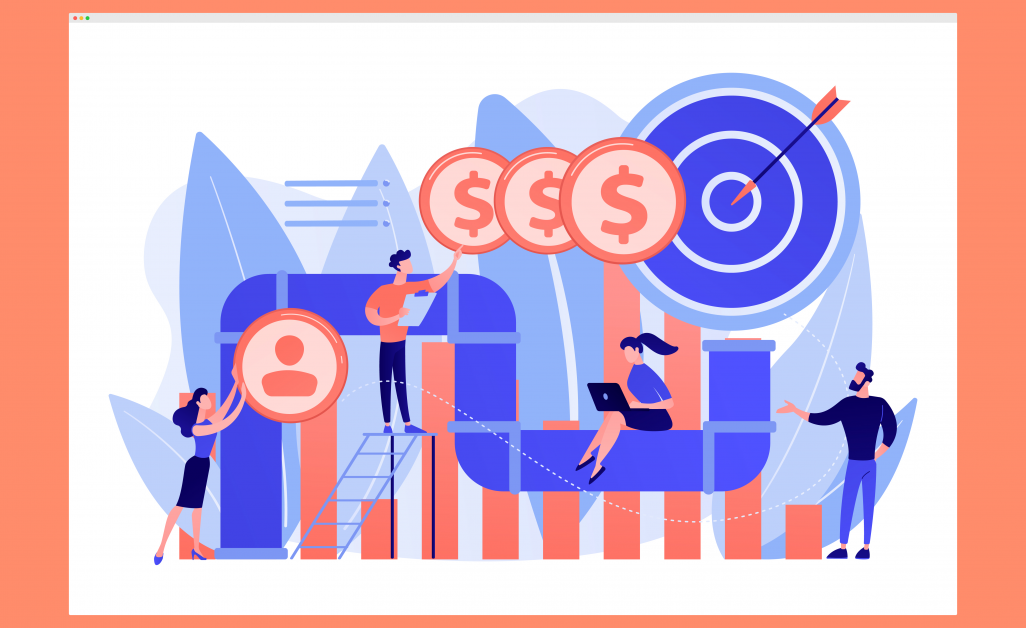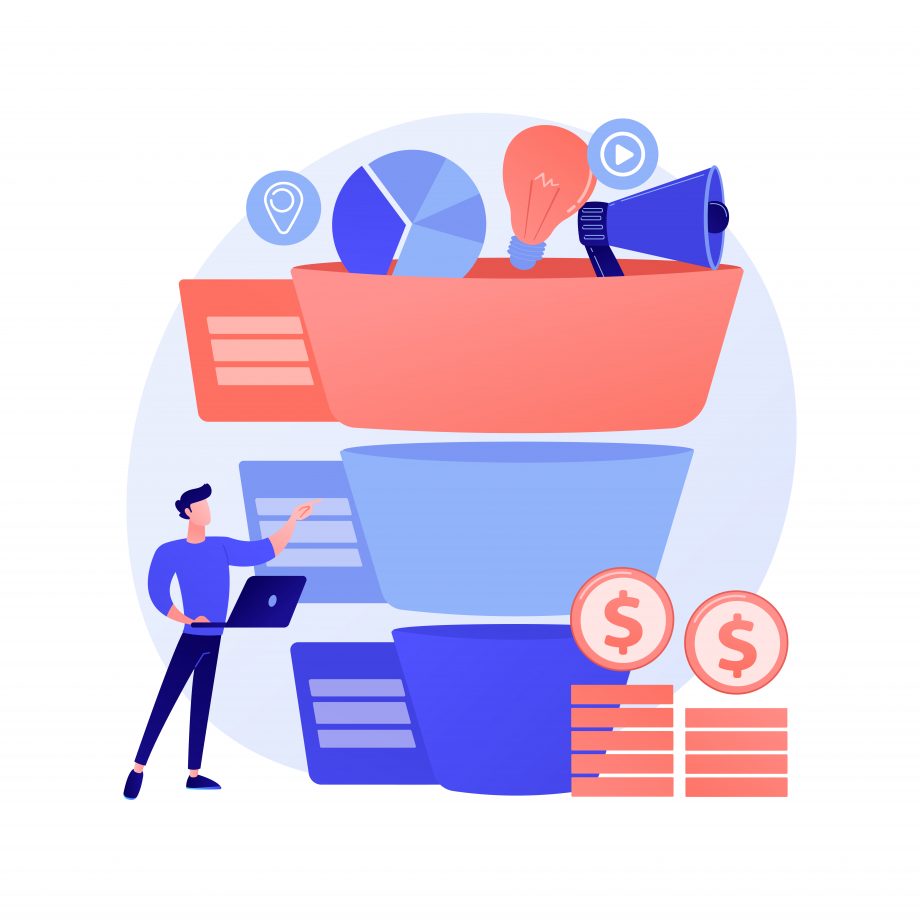The customer journey or customer experience, as well as Shopify customer lifecycle marketing, is the route someone takes to discover your brand, make a purchase, and become a repeat customer (let us have hope).
This procedure takes time, especially for items with a higher price tag. People want to know that they can trust your company to give high-quality service and products that are worth their money before becoming a customer.
As a brand builder, it is your responsibility to know how to educate your potential customers about the value you provide. Then, depending on where the customer is in the lifecycle, translate that value into an appropriate message.
In this customer lifecycle marketing guide, I recommend data-driven and repeatable strategies. Your goal is to remove the element of guessing from the process of learning about your customers online. I believe that making this available to Shopify stores and automating tasks is the way to go.
What is the goal of customer lifecycle marketing?
The goal is to optimize future cash flow for the company, which will increase the brand value. And how can the marketer make the most of the company’s future cash flow? By maximizing the worth of each potential and existing client in the future.

Customer lifecycle marketing is the process of maximizing each customer’s future worth. It’s a complicated name, but the essential notion is straightforward. It entails putting each consumer at the heart of your operation.
The emphasis is on determining where your consumer is in their relationship with your brand and taking efforts to nurture that relationship through a tailored purchasing experience.
Stages of customer lifecycle marketing
All of your potential and existing customers are classified into one of six lifecycle marketing stages: click, convert, one-time, active, at-risk, and lost.
The customer acquisition funnel includes the click and conversion stages. The goal is to get a customer to buy something for the first time.
This entails reaching out to clients who are unfamiliar with your brand through various channels, teaching them about your brand values and why they should buy from you, as well as encouraging them to make their first purchase.

The client retention process is divided into four stages: one-time, active, at-risk, and lost. The goal is to keep a customer as a loyal customer.
This entails gaining a customer’s trust and liking for your brand to the point that they will make a second buy. It also entails offering a disengaged customer a cause to buy from you again. The purpose of lifecycle marketing is to shift customers from a low-value state to a high-value state.
The purpose of lifecycle marketing is to shift customers from a low-value stage to a higher-value one.
Customer acquisition stage of customer lifecycle marketing
The customer acquisition process aims to locate new customers at a lower cost than the value they provide to your company. Click and convert are the two stages of customer acquisition. Let’s take a look at each of them individually:
1. Click
The goal of the click stage is to get potential clients to learn about you and visit your website. This stage is often referred to as the reach stage. The concept is that you want to reach out to as many clients as possible via various channels.
2. Convert
When a customer views your website, they are now aware of your existence. Your next objective is to convert them or persuade them to make their first purchase. The goal is to increase the chances of conversion.
Customer retention stage of customer lifecycle marketing
You should retain your customer.
3. One-time
Your first consumer has made a purchase. You’re not quite finished yet. In reality, for most brands, one-time clients make up the majority of their recognized customers.
The approach for converting one-time customers to active customers is frequently the most significant opportunity in customer retention. This is also why we distinguish one-time clients from those who purchased two or more times.
4. Active
Customers who have purchased twice or more are considered active. Customers that have purchased twice are frequently regarded as loyal and engaged. The goal of every lifecycle marketing strategy is to get customers to this point.
5. At-risk/lost
I may discuss the at-risk and lost lifecycle marketing stages in the same breath since they represent customers who were once active but are now becoming progressively disconnected. It makes sense to try to reclaim these clients because it lowers turnover in your company.
Wrapping up
It would help if you had a clear idea of your product and who your consumers are before entering your data. Everything becomes easy if you do it correctly. Getting to know your customers, identifying your specialty, and fine-tuning your methods.
Best of luck!



Leave A Comment?